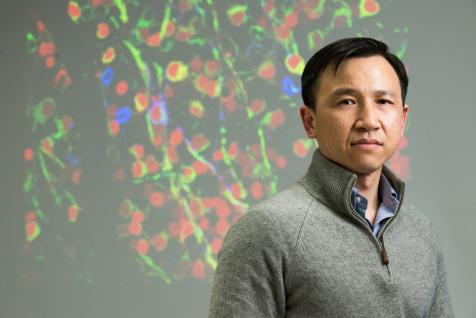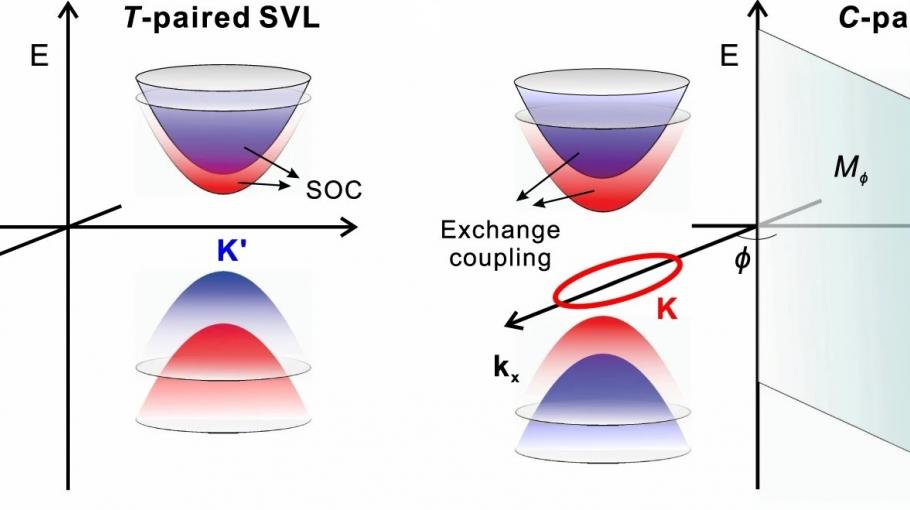Damage to axons in the central nervous system (CNS) typically results in permanent functional deficits. If injured neurons can regenerate sufficient number of axons, the CNS may recover and overcome such functional deficits. A research team led by Prof Kai Liu, Assistant Professor from the Division of Life Science at the Hong Kong University of Science and Technology (HKUST), has recently discovered a novel strategy to promote axonal regeneration of injured neurons, which could inspire new directions for CNS repair research, including spinal cord injuries. The findings were published in the journal Proceedings of the National Academy of Science on 16 February 2016.
In his previous proof of principle work published in 2015, Prof Liu had found that inhibition of the PTEN gene would activate mTOR signaling pathway, which drives axons to regenerate across the lesion site and reform connections after chronic spinal cord injuries. In his latest research, Prof Liu suggested a mechanism by which enhancing neuronal activity promotes axon regeneration. The findings may potentially lead to the development of clinically useful methods to facilitate neural repair.
Prof Liu’s research team demonstrated that axon regenerative capacity could be boosted with the right stimulants on neuronal activity through either an optogenetic or a chemogenetic approach. The team found that overexpression of a light-sensing molecule, melanopsin, in retinas of mice could enhance neuronal firing of retinal ganglion cells (RGCs) and promote axonal regeneration after optic nerve crush by activating mTOR signaling. The research team then took a chemogenetic approach to activate Gq signaling, downstream of melanopsin, by overexpressing Designer Receptor Exclusively Activated by Designer Drugs (DREADD), widely adopted as a tool to enhance neuronal activity. A significant increase in axonal growth was detected as well after daily administration of clozapine-n-oxide, a synthetic ligand to activate DREADD.
The results showed that melanopsin boosts axon regeneration by enhancing mTOR signaling in a neuronal activity-dependent manner. Melanopsin activates Gq signaling that subsequently increases neuronal activity and calcium influx to a degree that may be necessary to sustain long-term mTOR activation in RGCs.
“Our findings suggest that boosting neuronal activity promotes axon regeneration,” said Prof Liu. “We are currently investigating whether a similar approach might also promote axon regeneration in a much more challenging animal model - spinal cord injury.”
Prof Kai Liu received his Bachelor’s degree from Peking University, and obtained his PhD in Neuroscience from Rutgers University. He worked at the Boston Children’s Hospital of the Harvard Medical School before joining HKUST in 2011.
The project was undertaken in collaboration with Prof Yung Hou Wong in the Division of Life Science, and scientists from the Institute of Neuroscience in Shanghai, and Sun Yat-Sen University in Guangzhou. This project is supported by Research Grants Council in Hong Kong and the Hong Kong Spinal Cord Injury Fund.
For media enquiries, please contact:




